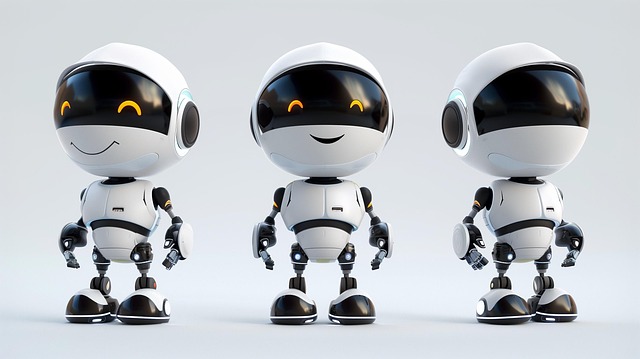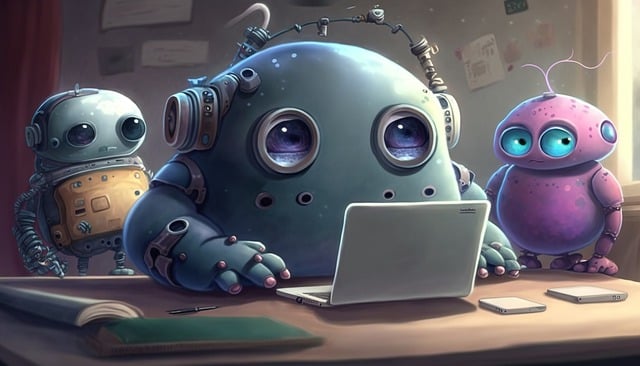“Curious about the financial landscape of AI chatbots? Unraveling the cost structure behind these innovative tools is essential for businesses looking to integrate this technology. This article guides you through the intricate web of factors influencing AI chatbot pricing, from development costs to ongoing maintenance. We explore different types of chatbots and their unique pricing strategies, offering insights for optimizing your budget. By understanding these dynamics, you can navigate the market effectively and make informed decisions regarding your AI chatbot investment.”
- Understanding Cost Factors in AI Chatbot Development
- Types of AI Chatbots and Their Pricing Models
- Strategies to Optimize Costs While Building an AI Chatbot
Understanding Cost Factors in AI Chatbot Development

The cost of developing an AI chatbot can vary greatly depending on several factors. One key consideration is the complexity of the chatbot’s functionalities; simple, rule-based chatbots designed for straightforward tasks are generally less expensive to create than advanced natural language processing (NLP) models capable of understanding and generating human-like text. The size and scope of the project also play a significant role—a chatbot for a specific, niche industry will likely cost more than one catering to a broader market.
Additionally, ongoing maintenance and hosting costs must be factored in. Cloud-based AI chatbots, for instance, can incur charges based on usage, while custom development may require continuous updates and improvements. Integration with existing systems and platforms is another potential expense, as it demands specialized coding and configuration. Understanding these cost factors is essential when considering the implementation of an AI chatbot to ensure a well-informed budget allocation.
Types of AI Chatbots and Their Pricing Models

AI chatbots can vary greatly in complexity, functionality, and price. Generally, they fall into two main categories: rule-based and machine learning (ML)-based. Rule-based AI chatbots are simpler and more affordable. They operate on predefined rules and scripts, allowing for straightforward conversational flows. Their pricing models often include subscription plans or one-time licensing fees that cover a set number of user interactions or features.
In contrast, ML-based AI chatbots, including advanced large language models (LLMs), offer more natural and flexible interactions but come at a higher cost. These chatbots use machine learning algorithms to understand and generate human-like responses based on vast amounts of data. Their pricing structures are typically subscription-based, with costs varying depending on the platform’s computational resources, training data access, and customization requirements. Enterprises often work closely with AI developers to build tailored ML models, which can significantly impact overall project expenses.
Strategies to Optimize Costs While Building an AI Chatbot

To keep costs manageable while building an AI chatbot, consider a few strategic approaches. First, leverage open-source tools and pre-trained models. Many leading AI platforms offer free or low-cost tiers for developers to experiment and fine-tune models. Utilizing these resources can significantly reduce overhead without compromising functionality. Second, focus on modular design to avoid unnecessary complexity. Break down your chatbot’s capabilities into smaller components, allowing you to scale resources efficiently as per feature implementation. This agile approach ensures that only relevant AI processes are resource-intensive, keeping overall costs under control.
Additionally, cloud computing providers often offer cost-saving measures like reserved instances or spot pricing for AI workloads. Optimizing data storage and processing within these models can further reduce expenses. Regularly review your chatbot’s performance and user interactions to identify areas where resource allocation can be adjusted, ensuring a cost-effective AI chatbot without sacrificing its capabilities.
In conclusion, the cost of developing an AI chatbot varies greatly depending on its complexity, functionality, and the team behind it. Understanding these factors is key to navigating the market effectively. By choosing suitable pricing models, optimizing development strategies, and leveraging existing tools, businesses can create high-quality ai chatbots at scale while managing costs efficiently.
